How do I optimally inflate my bicycle tyre?
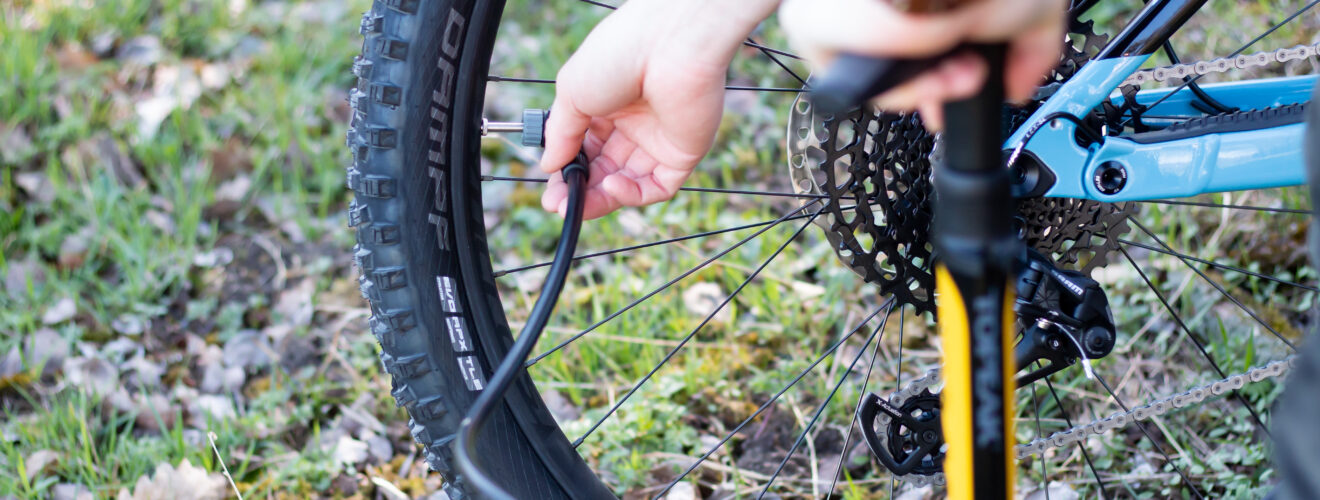
If the tyre loses air, it must be pumped up again. Checking the tyre pressure and inflating the tyre is therefore one of the simplest and most frequent maintenance tasks to be carried out on a bicycle.
Even cycling professionals sometimes ask themselves the question: What tyre pressure do I need? Which valve do I have again? Do I need an adapter? That’s why we have summarised some tips for you here.
How much pressure do I need on my bike?
- Road bike (25 – 28 mm tyre width): approx. 6 – 7.5 bar
- Mountainbike (55 – 60 mm tyre width): approx. 2 – 3.5 bar
- Touring or city bike (35 – 50 mm tyre width): 3 – 4.5 bar
In 6 steps to a perfectly inflated bicycle tyre
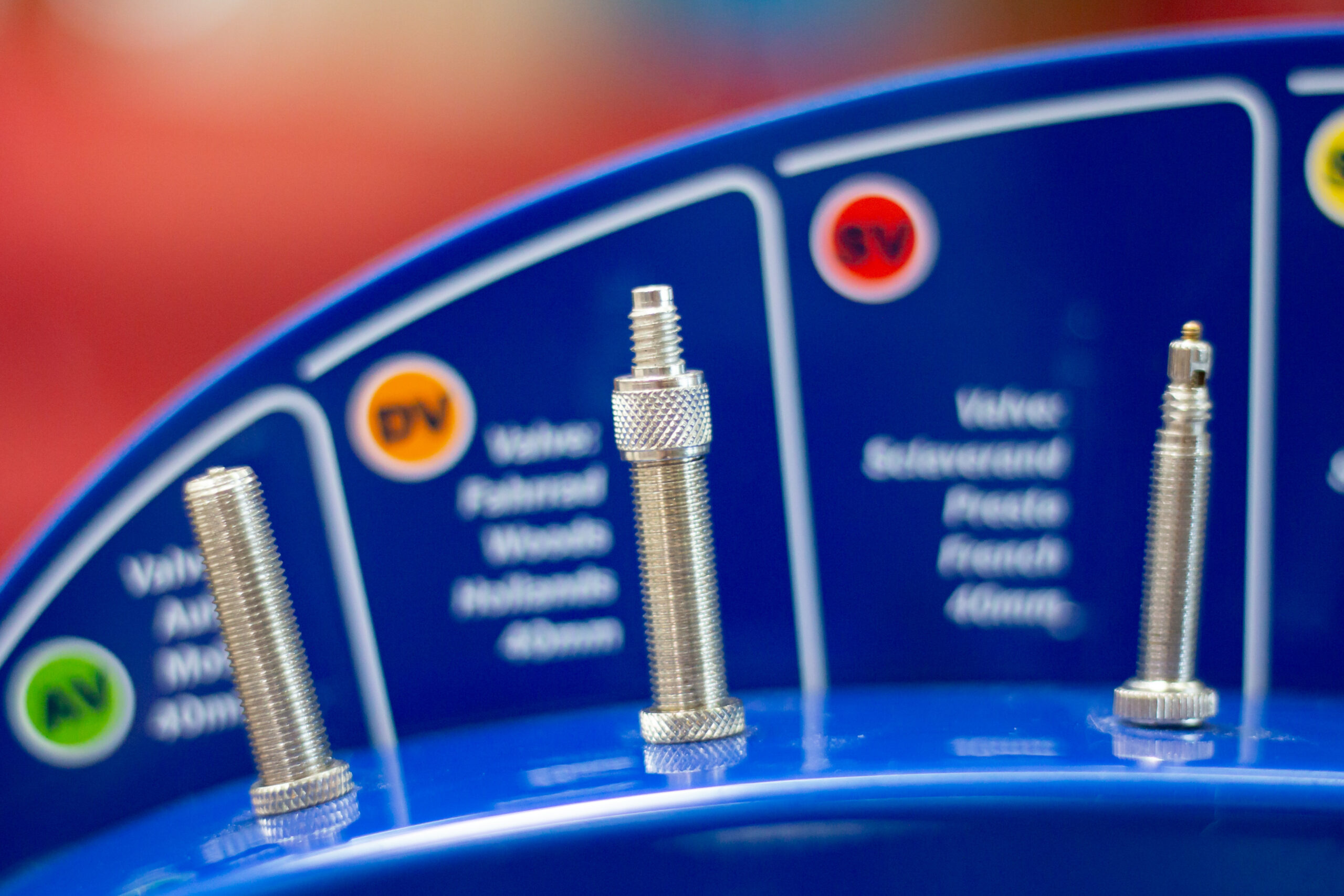
Determine the right valve
There are 3 different valves: Sclaverand, Dunlop and Schrader valves. For each of these valves there is a suitable pump or pump head.
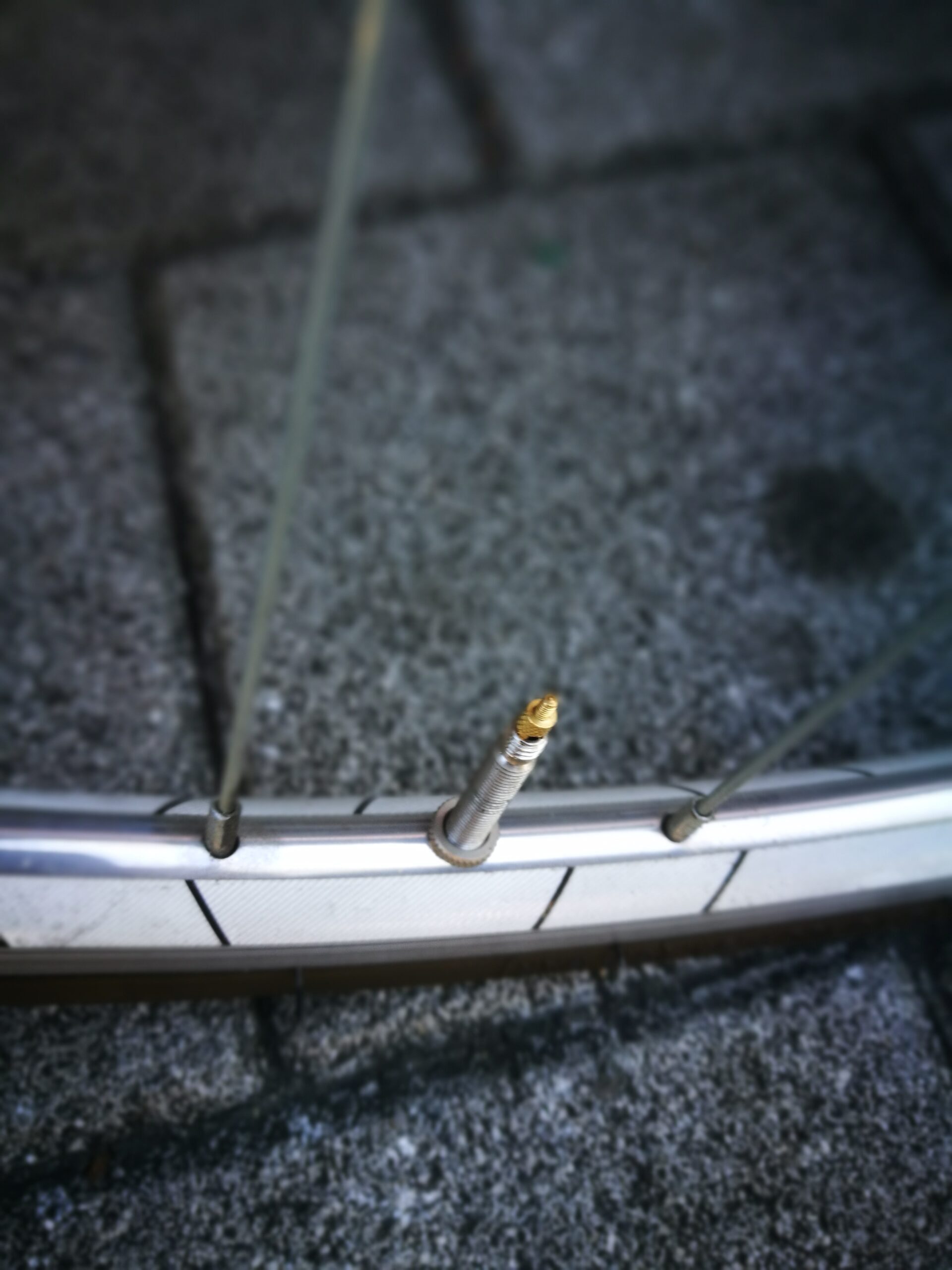
Remove valve cap
Each valve should have a valve cap. Unscrew it and attach the pump to the valve. In the case of Sclaverand valves, the valve head or knurled nut must first be turned counterclockwise before it can take in air.
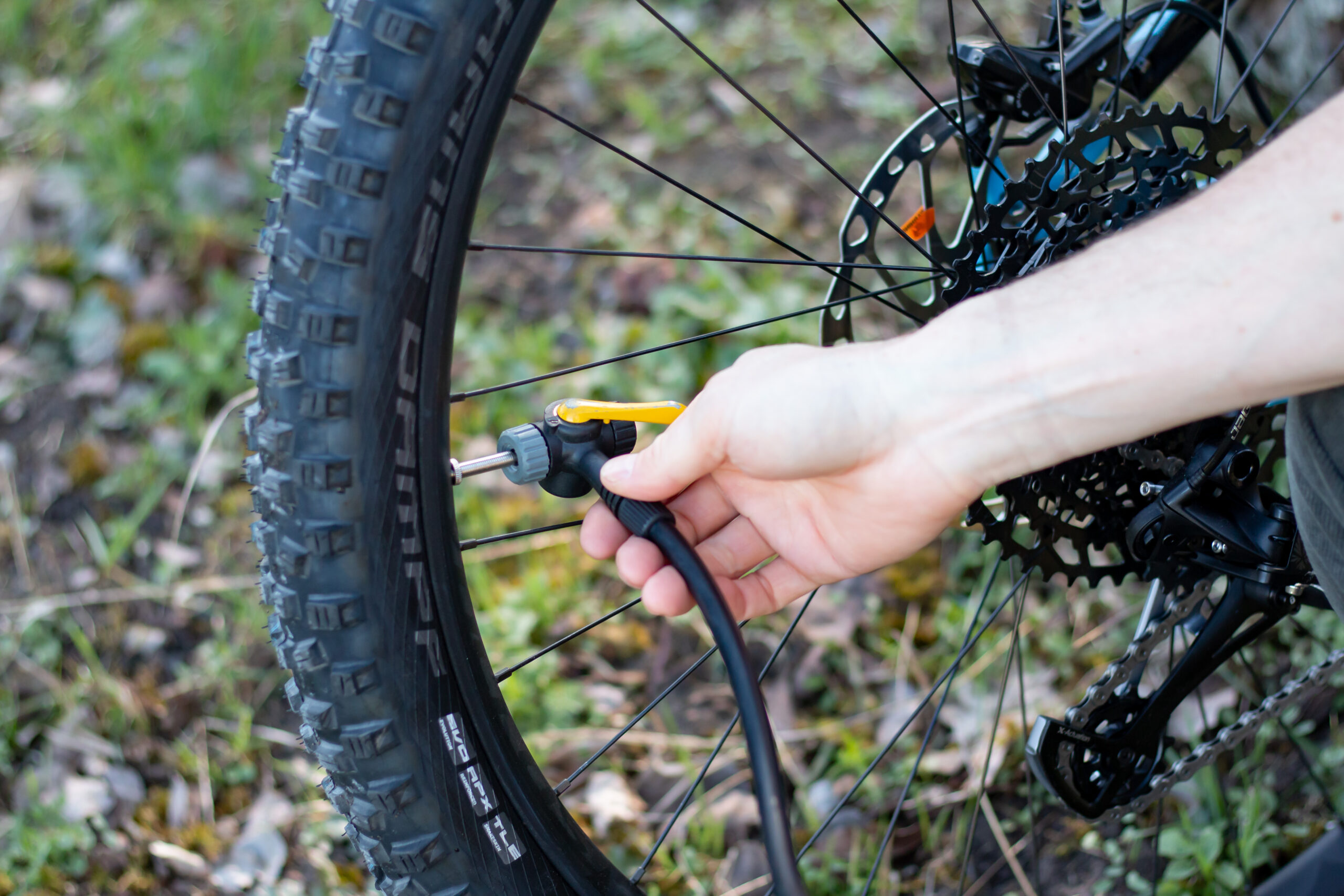
Adjusting the pump
If the pump has a lever, this should be closed or anchored after the pump head has been placed on the valve.
Universal pump
Universal pumps often have 2 attachments. The thin one is for Sclaverand and Dunlop valves and the thicker one for Schrader valves.
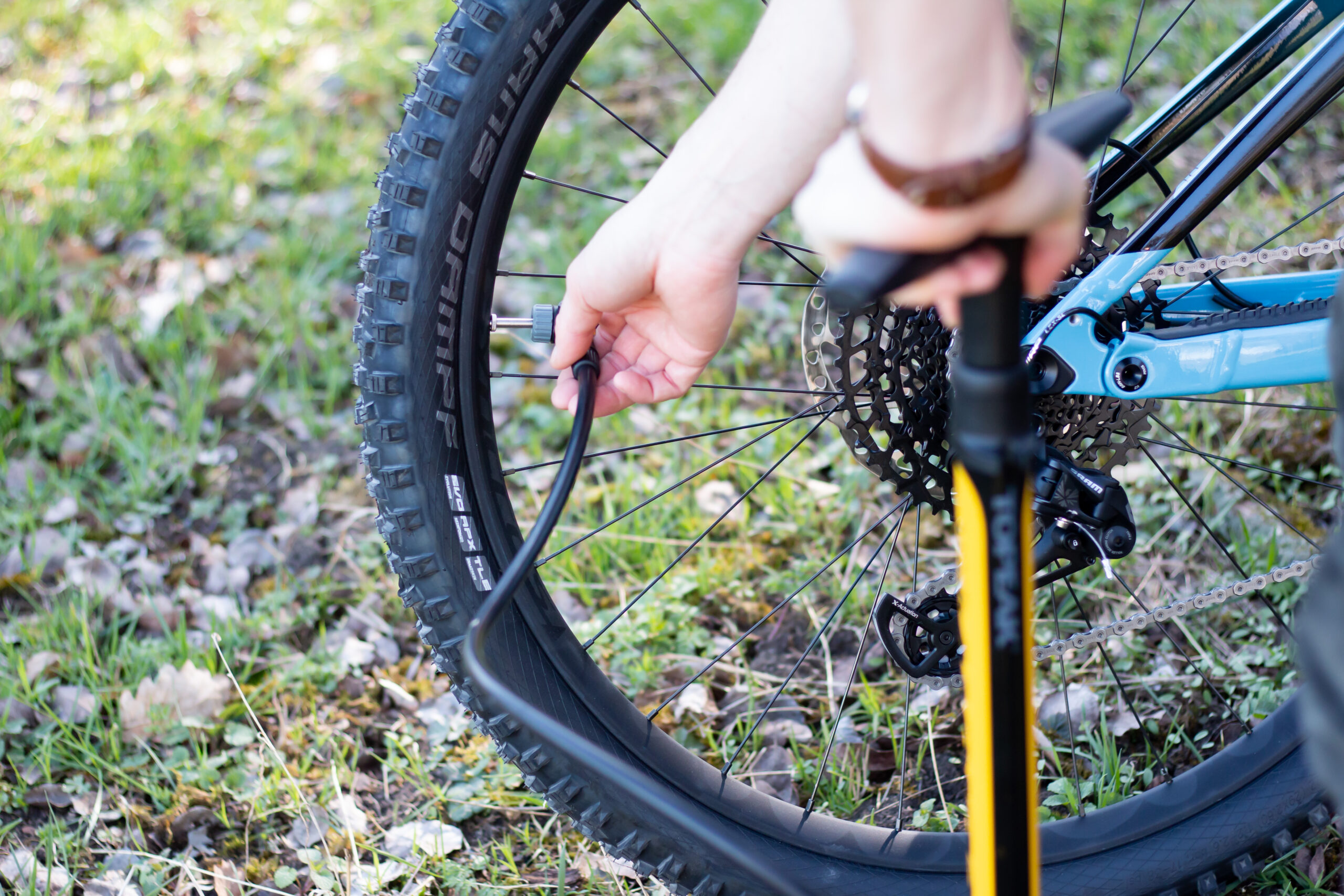
Pumping air into the tyre
Now start pumping and check with your hand whether the tyre holds the air. Depending on the tyre and the type of bike, you need a different tyre pressure. It is best to pump until the tyre is hard but can still be pressed in a little with your hand.
Close the valve cap
After pumping, you should close the valve again with the cap.
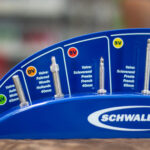
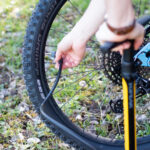

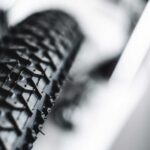
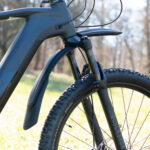

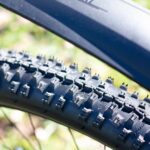
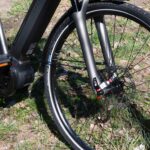
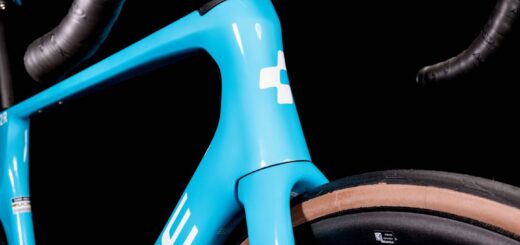
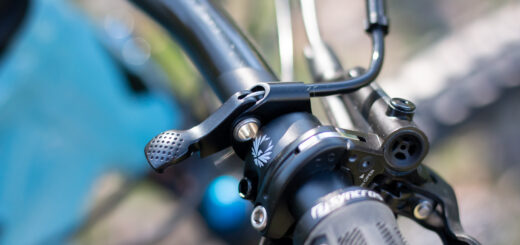
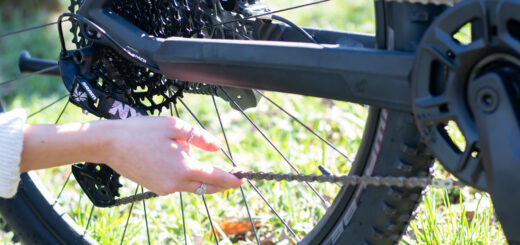








Recent Comments